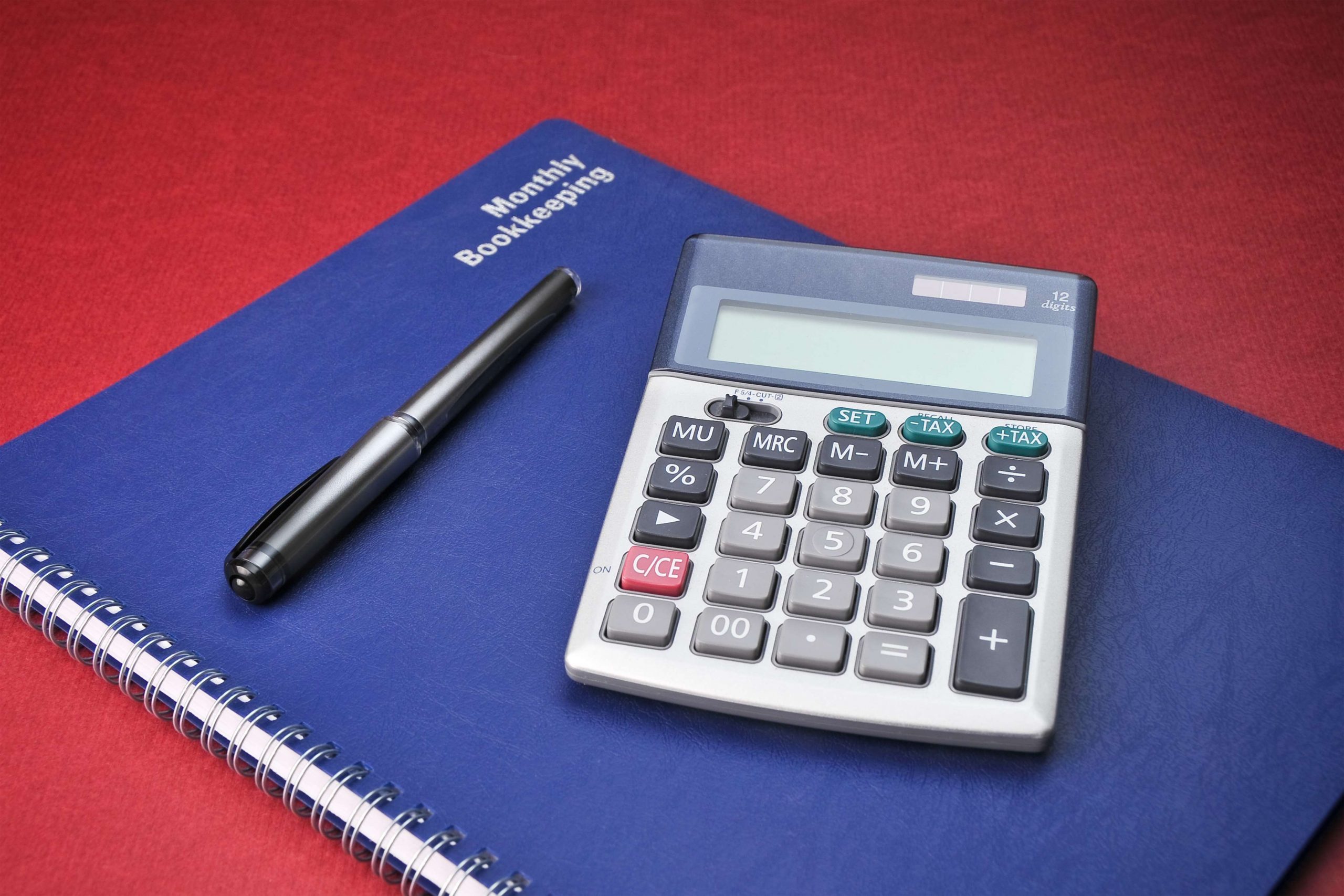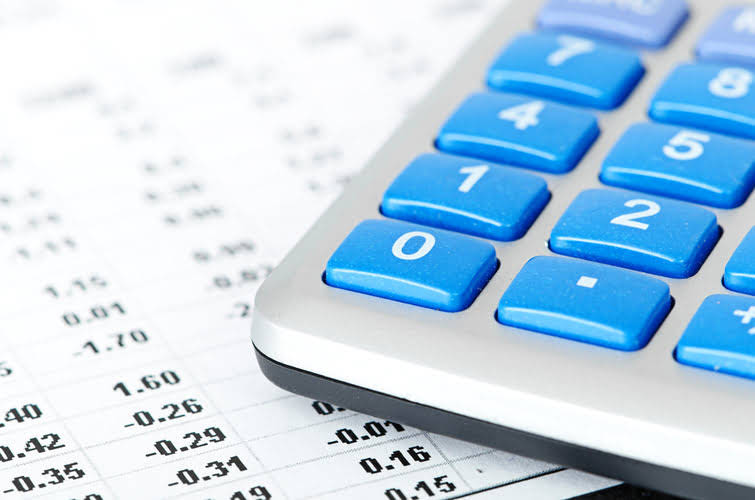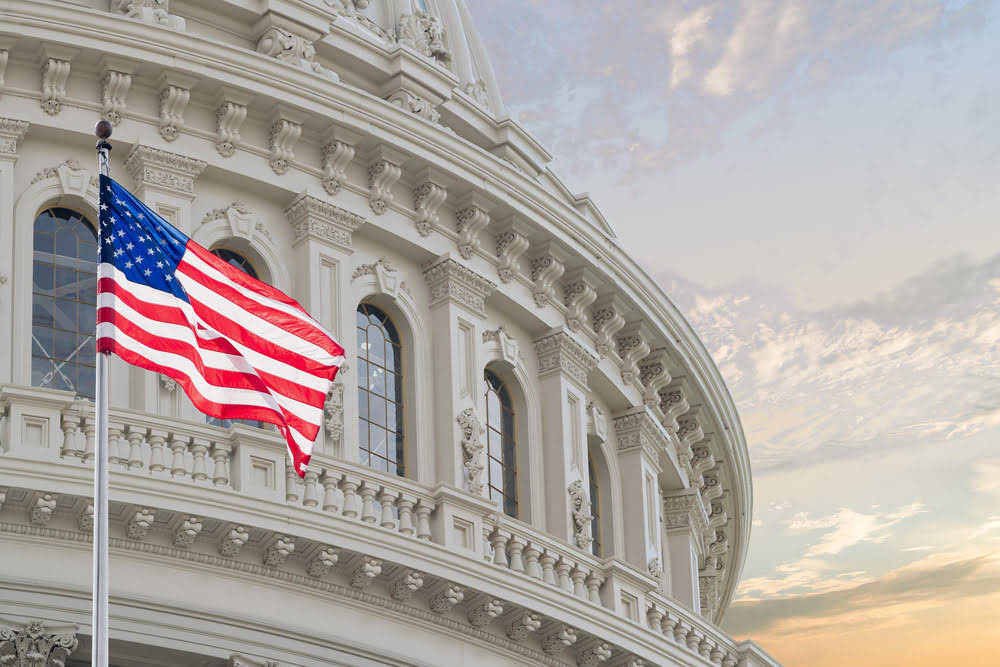Content

But those won’t be used in the liquidity ratios because they won’t come due in less than a year. Is the most conservative, as it only takes the company’s cash and equivalents into account, dividing those numbers by the current liabilities. This shows how readily a company can immediately cover its short-term debts.
Does liquidity mean cash?
Liquidity refers to the ease with which an asset, or security, can be converted into ready cash without affecting its market price. Cash is the most liquid of assets, while tangible items are less liquid. … Current, quick, and cash ratios are most commonly used to measure liquidity.
In a balance sheet, it’s important for a company’s assets to equal the sum of their liabilities and equity. If their assets are less, the company can look into how to correct the issue through things like refinancing or possible emergency loans. Whenapplying for loanor credit financing, having healthy liquidity ratios makes your business look good on paper. Investors and loan officers can see a demonstrated ability to fulfill financial obligations, and it makes it easier for them to say “yes” to your financing request.
Current Assets Template
For example, you may have equity in a building your company owns. But that equity is not very liquid because it would be difficult to convert it to cash to cover an unexpected and urgent expense. On the other hand, inventory that you expect to sell in the near future would be considered a liquid asset. Though it’s still not as liquid as cash because although you may expect to sell your stock, unexpected circumstances might come up and stop that from happening. For example, you might look at your current and upcoming bills and see that you have enough cash on hand to cover all your expected expenses. Or you might see you need to tap other investments and assets that can be converted to cash. The easier it is to convert the asset to cash, the more liquid the asset.
If a company wanted to sell their inventory and liquidate their assets more quickly, they could consider using discounts and promotions, however, that might cause a smaller generation of cash. If liquidity ratios are too high, it might be time to take some of that cash and reinvest it in the business. That could mean updated equipment, training for staff, or investments in marketing and sales strategies. Liabilities are a company’s obligations—the amounts owed to creditors. Along with owner’s or shareholders’ equity, they’re located on the right-hand side of the balance sheet to display a claim against a business’s assets. By this, one can determine liquidity ratios which help in measuring the company’s capacity to pay off debts without raising outside funds.
This use typically means either a business can sell these assets, or it can use them to make products for sale, or to render services. As in the illustration, assets can be divided into current and non-current assets. Long-term liabilities that are reported on a company’s balance sheet and come due for payment in a year or longer are called non-current liabilities.
Limitations Of The Balance Sheet
The three items needed for the balance sheet equation are the assets, liabilities, and equity. Here’s a closer look at how to make a balance sheet using the three parts. Business owners review it to track company earnings and spending. Lenders and creditors consider balance sheet data when making decisions on whether a company qualifies for bank loans or a corporate credit card. Potential investors analyze a company’s performance by examining what a business owns versus what it owes.
- This use typically means either a business can sell these assets, or it can use them to make products for sale, or to render services.
- So, at the top of the balance sheet is cash, the most liquid asset.
- “Quick” assets are cash, stocks and bonds, and accounts receivable (i. e. , all current assets on the balance sheet except inventory).
- Indicators of profitability , which are also called rate of return indicators, are based on various forms of the degree of profit, which is universally accepted as the top indicator of the company’s efficiency.
- Governments in this situation are likely to explain the situation, either in the notes to the financial statements or in management’s discussion and analysis .
- Liabilities are arranged on the balance sheet in order of how soon they must be repaid.
- T-bills can be exchanged for cash at any point with no risk of losing their value.
However, balance sheets should be used in conjunction with other analysis tools whenever possible. Accountants can use any of the above-described ratios with the information contained on balance sheets. Using that information, an accountant can analyze a company’s financial health more deeply.
The cash ratio is a conservative debt ratio since it only uses cash and cash equivalents. This ratio shows the company’s ability to repay current liabilities without having to sell or liquidate other assets. The quick ratio measures a company’s ability to meet its short-term obligations with its most liquid assets.
Fixed Assets Vs Current Assets: Whats The Difference?
Therefore, the balance sheet does not show true value of assets. Historical cost is criticized for its inaccuracy since it may not reflect current market valuation. The debt-to-equity ratio (D/E) indicates the relative proportion of shareholder’s equity and debt used to finance a company’s assets. Liquidity ratios are a class of financial metrics used to determine a debtor’s ability to pay off current debt obligations without raising external capital. Current assets are important to businesses because they can be used to fund day-to-day business operations and to pay for the ongoing operating expenses. The liquidity ratio of the business will portray to the creditors and investors how much financially strong the company is. Comparing debt to owner or shareholders’ equity is a common way of analyzing leverage on the balance sheet.
Fitch Revises American Finance Trust’s Outlook to Negative; Affirms IDR at ‘BB+’ – Fitch Ratings
Fitch Revises American Finance Trust’s Outlook to Negative; Affirms IDR at ‘BB+’.
Posted: Tue, 21 Dec 2021 19:05:00 GMT [source]
They can be tangible items like equipment used to create a product. Or assets can be intangible, like a patent or a financial security. On a balance sheet, cash assets and cash equivalents, such as marketable securities, are listed along with inventory order of liquidity and other physical assets. Includes marketable securities and accounts receivable, but ignores inventory. This tells us about a company’s liquid assets in relation to its short-term liabilities, and is also known as the “acid-test ratio.”
Where Is Supplies In Order Of Liquidity?
LiquidityLiquidity shows the ease of converting the assets or the securities of the company into the cash. Liquidity is the ability of the firm to pay off the current liabilities with the current assets it possesses. Inventory includes any goods or services that the company can sell to consumers. Companies often need, at the very least, a few months in order to convert their inventory to cash depending on the market and the skills of their sales team.
Long-term liabilities are any debts that must be repaid by your business more than one year from the date of the balance sheet. This may include start up financing from relatives, banks, finance companies, or others.
Current Asset Example
Fixed assets are further down because they are long-term assets that take longer to convert. Investment includes all investments owned by the company that can’t be converted to cash in less than one year. For the most part, companies just starting out have not accumulated long-term investments. To make informed business decisions, companies need to disclose their financial information to assess existing and long-term financial health. Understand the purposes of financial reporting, its four primary documents, and how to analyze financial statements used in financial reporting. This ratio is more conservative and eliminates the current asset that is the hardest to turn into cash.

Furthermore, the limitation imposed by enabling legislation has to be legally enforceable. Here’s an example of a completed balance sheet from Accounting Play. It can help you better understand what information these sheets include.
Although they cannot be converted into cash, they are the payments already made. Prepaid expenses could include payments to insurance companies or contractors. Balance SheetA balance sheet is one of the financial statements of a company that presents the shareholders’ equity, liabilities, and assets of the company at a specific point in time. It is based on the accounting equation that states that the sum of the total liabilities and the owner’s capital equals the total assets of the company. Working with both the balance sheet and income statement can reveal how efficiently a company is using its current assets. The asset turnover ratio is one way to gauge efficiency by dividing a company’s revenue by its fixed assets to find out how the company is converting its assets into income. This form of reporting includes all economic transactions and presents both long- and short-term consequences.
Prepare a classified balance sheet; assume that $28,600 of the note payable will be paid in 2021. (List Current Assets in order of liquidity. https://t.co/A0qylRPaXe
— gradesguaranteed21 (@gradesguarante1) July 28, 2021
Because it shows goodwill, it could be a consolidated balance sheet. Monetary values are not shown, summary rows are missing as well. Notes payable are the amounts still owed on any long-term debts that won’t be repaid during the current fiscal year. Miscellaneous assets are all other long-term assets that are not “capital and plant” or “investment.” The Generally Accepted Accounting Principles, or GAAP, are a specific set of guidelines created by the Financial Accounting Standards Board aimed at helping publicly traded companies create financial statements. Explore the history of GAAP and learn about the accounting factors that influence GAAP. Using this example, we can calculate the three liquidity ratios to see the financial help of the company.
Inventories include holdings of raw materials, components, finished products ready to sell and also the cost of “work-in-progress” as it passes through the production process. Liquidity describes the degree to which an asset or security can be quickly bought or sold in the market at a price reflecting its intrinsic value. Cash is universally considered the most liquid asset, while tangible assets, such as real estate, fine art, and collectibles, are all relatively illiquid. The balance sheet summarizes a business’s assets, liabilities, and shareholders ‘ equity. A balance sheet reports a company’s financial position on a specific date. Fixed assets – Depends on whether there’s a market for the assets, but usually, fixed assets (i.e., land, real estate, machinery) require several months to sell.
A balance sheet is a way to look at how much your company owns and how much it owes at a given point in time. This is where you’ll find the information you need to create your liquidity ratios, which help make this information more digestible, easier to track and easier to benchmark against peer companies. In order for an asset to be liquid, it must have a market with multiple possible buyers and be able to transfer ownership quickly. Equities are some of the most liquid assets because they usually meet both these qualifications. But not all equities trade at the same rates or attract the same amount of interest from traders.
- Public balance sheets have to be filed regularly with the SEC, too.
- Furthermore, net assets representing permanent endowments or permanent fund principal are divided into two categories—expendable and nonexpendable.
- Explore everything you need to know about the concept of liquidity with our simple guide.
- This indicates the company’s ability to repay business debt with cash and cash-equivalent assets, i.e., inventory, accounts receivable and marketable securities.
- The balance sheet is one of the three fundamental financial statements.
- Depreciation subtracts a specified amount from the original purchase price for the wear and tear on the asset.
The debt -to- equity ratio (D/E) is a financial ratio indicating the relative proportion of shareholders ‘ equity and debt used to finance a company’s assets. Closely related to leveraging, the ratio is also known as risk, gearing or leverage. A deferred expense or prepayment, prepaid expense , is an asset representing cash paid out to a counterpart for goods or services to be received in a later accounting period. For example, if a service contract is paid quarterly in advance, at the end of the first month of the period two months remain as a deferred expense.

“Quick” assets are cash, stocks and bonds, and accounts receivable (i. e. , all current assets on the balance sheet except inventory). 0 are usually considered satisfactory if receivables collection is not expected to slow. A non-current asset is a term used in accounting for assets and property which cannot easily be converted into cash.

Inventory consists of goods ready to be sold, raw materials, and partially completed goods that will be sold. The balance sheet should reflect the value of inventory as the cost to replace it. Marketable securities – In most cases, it would require several days to convert marketable securities into cash.
For all three liquidity ratios, a ratio larger than 1 is preferable as it’s an indicator of financial health. However, the average ratio per industry may be higher or lower, depending on what’s expected in terms of performance . Dividing the net income into liabilities, plus equity, results in the Return on Invested Capital .To find the ROE figure, divide the company’s net income into the shareholders’ equity. Traditionally, state and local government financial reports contained financial statements arranged around funds—the governmental funds, proprietary funds, and fiduciary funds.
Live Ventures Announces Fiscal 2021 Financial Results – GlobeNewswire
Live Ventures Announces Fiscal 2021 Financial Results.
Posted: Wed, 22 Dec 2021 13:30:00 GMT [source]
Many times, it determines the amount of capital they feel they can safely invest in the business. It’s important to note that not all of these will actually be converted into cash within a year. For example, prepaid expenses are listed as a current asset because they eliminate the need to pay for things within the next year, thereby saving cash. In accounting and finance, equity is the residual claim or interest of the most junior class of investors in assets, after all liabilities are paid. The main categories of assets are usually listed first, and normally, in order of liquidity. On a balance sheet, assets will typically be classified into current assets and non-current (long-term) assets.
Examples of items considered current assets include cash, inventory and accounts receivable. Items within this category are listed in order of liquidity – the items most easily converted into cash are listed first, the items that would take longer to be converted into cash are listed last. Two key liquidity ratios, thecurrent ratioand thequick ratio, are calculated using current assets items. Accounting and finance professionals believe they are some of the most important assets because they are useful in good times or bad. The quick ratio measures a company’s liquidity by looking only at a company’s most liquid assets and dividing them by current liabilities. It helps determine whether a business can meet its obligations in hard times.
